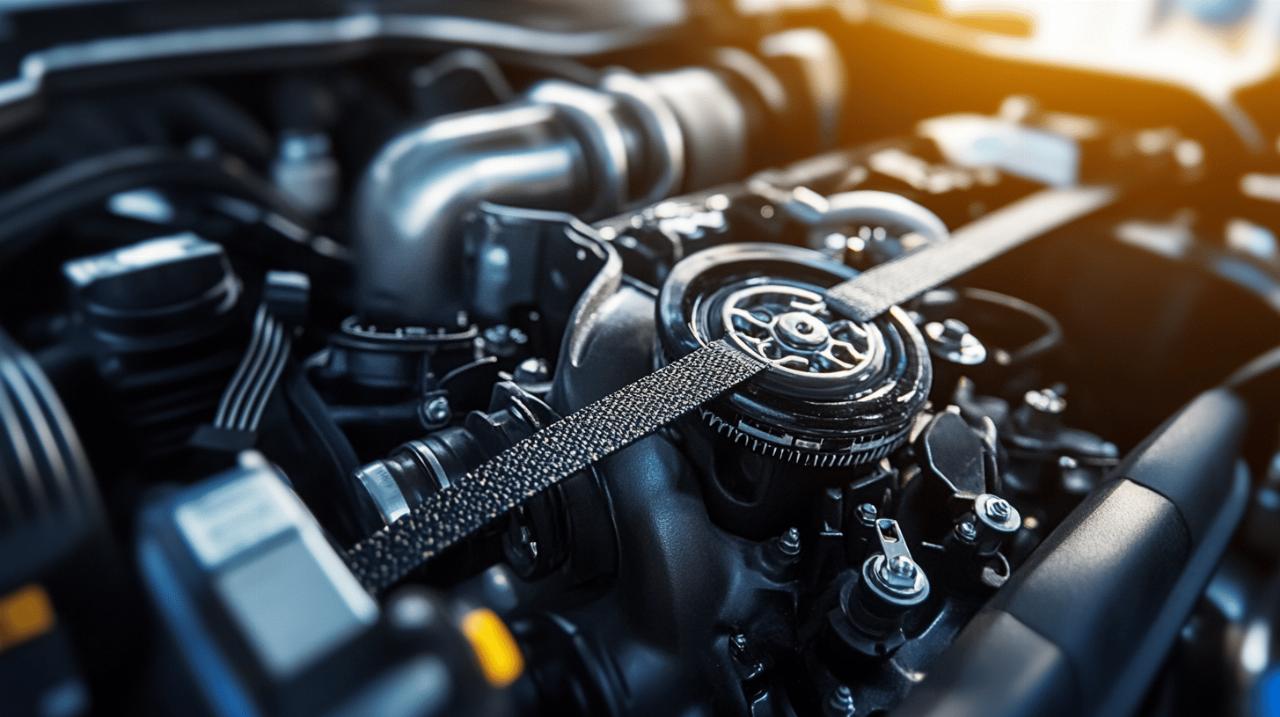Regular maintenance of your vehicle isn’t just about keeping it looking good—it’s about ensuring optimal performance and preventing costly repairs down the road. Among the various components that require attention, the timing belt stands out as particularly crucial for your engine’s health. Understanding when and how to maintain this vital part can save you thousands in potential repair costs and extend your vehicle’s lifespan significantly.
The Critical Role of Timing Belts in Engine Function
The timing belt is a critical component that coordinates the rotation of the crankshaft and camshaft, ensuring that engine valves open and close at precisely the right times during each cylinder’s intake and exhaust strokes. Motor Publish automotive experts emphasize that without this synchronization, your engine simply cannot function properly, potentially leading to catastrophic failure if maintenance is neglected.
How timing belts coordinate engine components
Timing belts come in two primary varieties: traditional dry belts and the newer wet timing belts. While dry belts have been the industry standard for decades, wet belts represent an advancement in automotive technology, operating inside the engine’s oil system rather than outside it. This innovation offers several advantages, including better durability, reduced noise, and improved engine efficiency—particularly in modern engines like the Ford EcoBoost, Peugeot, Citroen, and certain VAG Group engines.
The wet belt design allows for continuous lubrication, which reduces friction between the belt and engine components. This results in smoother operation and potentially longer service intervals, though proper oil quality becomes even more crucial with these systems. When functioning correctly, the timing belt ensures valves never make contact with pistons, maintaining the precise choreography needed for combustion.
Signs your timing belt might be wearing out
Recognizing the warning signs of a deteriorating timing belt can prevent a breakdown and save your engine from serious damage. Be alert for unusual noises coming from the engine area, particularly ticking or slapping sounds that might indicate the belt is loose or damaged. The illumination of your check engine light could also signal timing belt issues, especially when accompanied by rough idling or difficulty starting the vehicle.
In engines with wet timing belts, oil leaks around the timing cover might indicate seal failures that could affect belt performance. Similarly, engine misfires or power loss while driving might suggest timing issues caused by a stretched or slipping belt. Visual inspection can sometimes reveal cracks, fraying, or glazing on the belt surface—all clear indicators that replacement is needed soon.
Timing belt maintenance schedules and best practices
 Maintaining your timing belt according to recommended schedules is essential for preventing unexpected failures. Unlike other maintenance items that give obvious warnings before failing completely, timing belts can snap without notice, potentially causing immediate and extensive engine damage in interference engines where valves and pistons occupy the same space at different times.
Maintaining your timing belt according to recommended schedules is essential for preventing unexpected failures. Unlike other maintenance items that give obvious warnings before failing completely, timing belts can snap without notice, potentially causing immediate and extensive engine damage in interference engines where valves and pistons occupy the same space at different times.
Manufacturer guidelines for replacement intervals
Most vehicle manufacturers recommend replacing timing belts every 60,000 to 100,000 miles, though specific intervals vary by make and model. These guidelines are not arbitrary but are based on extensive testing of materials and expected wear patterns. Factors such as driving conditions, climate, and engine design all influence the actual lifespan of a timing belt.
For vehicles with wet timing belts, regular oil changes become even more critical as contaminated oil can accelerate belt degradation. Owners of Ford EcoBoost engines, for example, should pay particular attention to oil quality and change intervals as these directly impact the longevity of their wet timing systems. The service manuals for Peugeot and Citroen vehicles with wet timing belts similarly emphasize the importance of following manufacturer specifications for oil type and replacement frequency.
Professional vs diy timing belt checks
While some vehicle maintenance tasks are suitable for DIY enthusiasts, timing belt replacement typically requires specialized tools and expertise. The complexity of modern engines, particularly those with wet timing systems, makes professional servicing the safer choice for most vehicle owners. Qualified technicians have access to the proper diagnostic equipment and manufacturer-specific knowledge needed to correctly assess and replace timing components.
Professional mechanics with continuous professional development training stay current with emerging automotive technologies like wet timing belt systems. They understand the potential complications and contamination risks associated with these components and can perform replacements using OEM parts that meet manufacturer specifications. For vehicle owners seeking peace of mind, the investment in professional timing belt service typically pays dividends through reliable performance and prevention of more costly repairs down the road.
